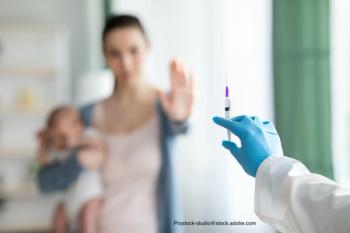
Attitudes change over time but people need convincing.

Attitudes change over time but people need convincing.

At the 43rd National Conference on Pediatric Healthy Care for nurse practitioners, one clinician shares what pediatric health care providers should know about the 2022 Advisory Committee on Immunization Practices schedule updates.

Moderna has released preliminary date from the company's phase 2/3 trial of the vaccine in children aged younger than 6 years.
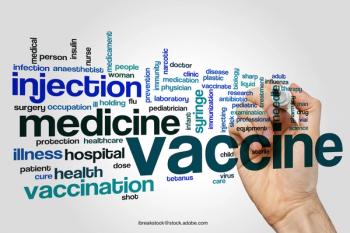
Rural areas lag well behind their urban counterparts when it comes to COVID-19 vaccinations.

Multiple pharmaceutical companies are investigating the application of mRNA technology to develop vaccines that treat and prevent multiple conditions, from influenza to cancer and beyond.

Social media is often a ‘critical challenge for public health.’
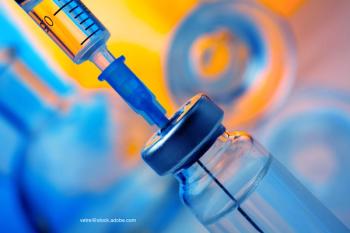
The NVX-CoV2373 vaccine was evaluated in adolescents aged 12 to 17 years.
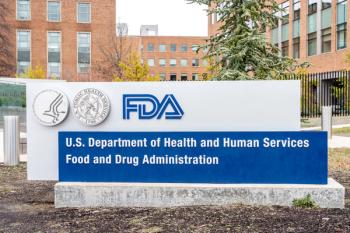
The US Food and Drug Administration announces that the meeting to discuss extending the emergency use authorization for the Pfizer/BioNTech vaccine to children aged 6 months to 4 years has been postponed until data on a third dose has been studied.
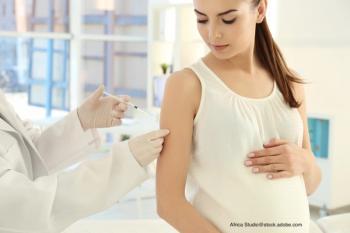
The safety of the Pfizer/BioNTech COVID-19 vaccine in pregnant women, for both mother and baby, has been dependent on observation during the rollout. A large population trial provides further support for the vaccine’s safety.

Parents who do not want their children vaccinated often declare they will homeschool their children if they are unable to get nonmedical (personal belief) exemptions. Investigators looked into whether California’s law in 2015 impacted homeschooling rates in the state.
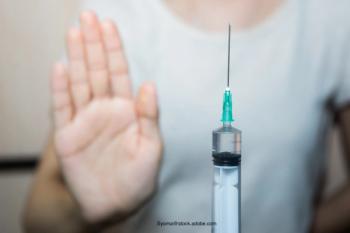
A new poll suggests that misconceptions about the flu vaccine are at a three-year high, despite the fact that more patients seem to be receiving the vaccine. Find out what physicians can do to clear the air.
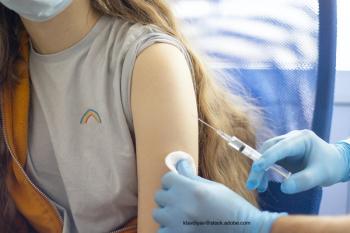
The COVID-19 vaccine protects against disease and severe effects, but can it help reduce the risk of multisystem inflammatory syndrome in children (MIS-C)?
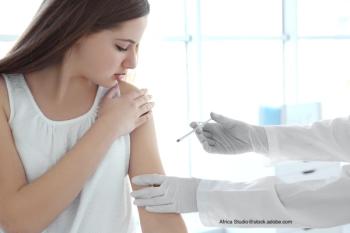
A new study showed that COVID-19 vaccinations may temporarily cause changes to the timing of menstruation.

The Centers for Disease and Control and Prevention (CDC) has given their support for giving a COVID-19 booster to children aged 12 to 15 years.
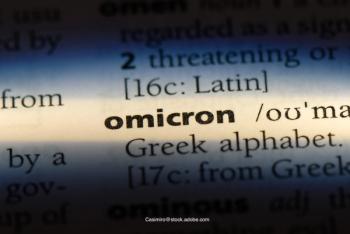
Contemporary Pediatrics sat down with Tina Q. Tan, MD, FAAP, FIDSA, FPIDS, to discuss what's known about the variant. She also discusses the latest on the vaccine for children aged younger than 5 years.
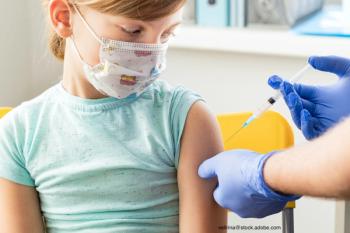
The US Food and Drug Administration (FDA) made multiple changes to the emergency use authorization for the Pfizer/BioNTech vaccine.

The pandemic led to a number of children missing out on needed vaccines. Getting them back on schedule is imperative.

Contemporary Pediatrics sat down with Donna Hallas, PhD, CPNP, PPCNP-BC, PMHS, FAANP, FAAN, to discuss the importance of maintaining a strong medical home and the value of vaccination remaining in it, particularly the COVID-19 vaccine.
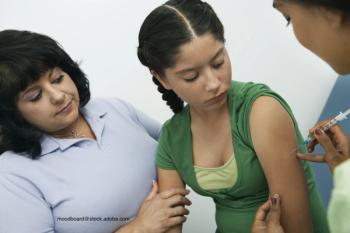
For mothers who have an experience with human papillomavirus (HPV) vaccine preventable outcomes such as a cervical biopsy or cancer, would this history make them more likely to have their child receive this vaccine? It may seem likely, but a new study raises questions about this belief.

The US Food and Drug Administration (FDA) has extended the emergency use authorization for the Pfizer/BioNTech COVID-19 vaccine to include a booster dose for teenagers aged 16 to 17 years.

The US Food and Drug Administration has accepted a Priority Review of the pneumococcal 15-valent conjugate vaccine VAXNEUVANCE™ in children aged 17 years and younger.

Nearly one-third of hospital personnel had still not been vaccinated against COVID-19 by mid-September.

The November issue covered a variety of topics on vaccination, which can help clinicians have candid conversations with colleagues, patients, and families.

Surviving a bout of cancer early in life puts children and teenagers at risk of cancers linked to human papillomavirus (HPV). A phase 2 trial examined how effective a 3-dose series was in providing protection.

Contemporary Pediatrics sat down with editor-in-chief Dr. Tina Q. Tan to discuss the authorization of the Pfizer/BioNTech vaccine for use in many children as well as what lies ahead in the vaccine pipeline for the pediatric population.